Hello everyone! First off, a little announcement - I am running another pressure cooking demonstration at Mrs Portly’s Kitchen, near Stowmarket in Suffolk, on the 18th October. This is always a fun, companionable event - an afternoon sitting round a kitchen table, watching me cook, eating your way through the results. And if you don’t live in the area, Linda can often provide accommodation - last time people travelled from as far as Wales. My new book will be out just a couple of weeks later so I am hoping to have some advance copies for sale too. Just as a head’s up, the last demo sold out very quickly, so I am mentioning it here before plugging it across the rest of my social media. Find all the details here.
We are just about clinging onto summer here - the weather has been alternatively gloomy but enervating in its humidity or hot and almost aggressively sunny and apparently there is more to come. Tomato and courgette gluts abound and the light, when we have it, has started to deepen into that Mediterranean quality - all intense blues skies and crisp lines. So I have been celebrating the end of the season - and postponing that back-to-school feeling - by cooking my way through Georgina Hayden’s Greekish.
Regular readers will know of my own Greek connection. My parents retired to the Mani 25 years ago and have lived there full time ever since. I am a fairly regular visitor and have come to love their part of Greece - they are a short drive from Kardamyli, coincidentally from my perspective a bit of a food lover’s mecca. Not because any of the food there is particularly better than anywhere else in Greece, I don’t think it is. But because Patrick Leigh Fermor lived there and put it on the map decades ago and various people in the world of food (naming no names) have properties there. The local food culture does form an important part of every trip - I immerse myself in it. I love buying off the back of open backed trucks, from the producers who drive through the villages announcing their wares over loudspeakers (there must be a name for them, I don’t know it). I mooch around Kalamata market picking up mountain herbs, honey and fresh borlotti beans by the kilo to bring home, as well as horta (the wild greens) and courgettes, bunched with their flowers and leaves to cook in situ. My mum harvests wild fennel seeds and lemon verbena, and we forage for caper and fig leaves and the sea fennel (bitter leafed rock samphire) found in the liminal areas between shore and scrub. I am sad that I always seem to miss mulberry season - the lack of rain means that every year I see faded ink blot stains on the pavements under the trees which haven’t washed away. I buy capers from a shop in Kardamyli run by a Romanian couple who farm and forage - their capers, cured in the usual way but preserved in olive oil, are the best I’ve ever had. So are all their infused olive oils. And of course I have my favourite places to eat - the taverna in the mountain village which does the best lamb chops and gigantes, the restaurant in the disused, haunted (according to my children) olive press, for the best carrot dip and a mixed grill which includes all the offal and the local sausage, spiced and studded with chunks of orange zest. Fresh sardines overlooking the harbour in Kardamyli. Rabbit in oregano, portside in Ag Nik (there’s always an Agios Nikolaos). And if we’re lucky, a hog roast. Years ago I got quite upset about the hog roasts. They would use one of the village bakery ovens once a week and cook it long and slow - the liquid stock and fat that came off it was enough to fill the deepest of troughs. And sadly all thrown away. I used to tell them how they should be selling it all - plenty of Northern Europeans around who would love it. I wanted to make a Greek flavoured version of smalec. I couldn’t convince them. Then there are the family meals. Hunter friends providing wild boar. The son of a goat farmer making a superb goat’s milk galatkoboureko….
All this to say that I am not a stranger to Greek food, and elements of classic flavours often creep into my meals - a pinch of cinnamon here, especially in my tomato sauces, a combination of lemon and fennel there. An obsession with capers. Lots of garlic and the combination of herbs I associate with the fragrant, dusty heat of the Greek countryside - oregano, sage, thyme, savoury, curry plant. So a book devoted to “Everyday recipes with Greek roots” feels at once familiar and comforting, but also an exciting read as well. When someone promises a book of recipes inspired by a particular cuisine I hope to find the unexpected and the interesting and I do so here.
The food in Greekish suits the way I cook exactly. There is plenty that is light and colourful and well suited to a summery al fresco meal, but there is plenty more which is hearty and as appropriate for a winter dinner. Having said that, even the richest of dishes come from a flavour profile which will suit all the seasons, being at once fresh and warming - they will provide colour and joy on a gloomy day. There are a lot of family pleasing dishes, plenty of beans and pulses, meat rich dishes, grains, pastas, salads with cooked elements, and as you would expect from a Greek cookery book, a lot of fish and seafood too. All are rich pickings for anyone wanting to pressure cook. I would say almost two thirds of the recipes have at least one element which can be pressure cooked, and many are one pot. Supplementing these are some superb skewer ideas, bakes, pastries galore, ice creams and raw salads and roasts.
What did I cook?
A lot! Here are some of the things I pressure cooked -
Beetroot and Dill Tzatziki with Fried Capers. Oh how I love fried capers. As you can see from the colour of this dip, I I used a pale reddish pink and an orange beetroot from the bunch I pressure cooked, rather than the deep purple ones. Loved the muted sunrise colours. I had planned to keep this in the fridge for dipping into over at least a couple of days. It didn’t last 20 minutes.
Green Gigantes. I have written a fair few recipes for these (there is a good one in The Pressure Cooker Cookbook), but they have all been tomato based and this is completely different. It caramelises onions, leeks and courgettes before mixing with butter beans. I used my onion caramelisation method for this (see Modern Pressure Cooking), then added all the remaining ingredients and cooked for 2 mins HP, NPR with very little liquid. So good. Butter beans work best with quite strong flavours and the combination of bittersweet caramelisation and smoky paprika made them incredibly moreish. I’m permanently adding to my repertoire of “things to do with caramelised onions.”
Lamb Shank Fricassee with Preserved Lemon. This was my favourite and when you read the recipe and realise not only does it contain preserved lemons, but endives too, as well as using the clever egg/lemon emulsion that is the pure joy of avgolemono (eggy lemon as my lot call it), you will totally understand why. I made a batch of cheat’s preserved lemon (method in Modern Pressure Cooking or you can adapt the blood orange method here) before I started, braised the lamb shanks for 25 minutes, natural release instead of 2.5 hours on the hob, then added little gems and endive and cooked for another 1 minute at HP, fast release before adding the avgolemono mix. I used about a third of the recommended liquid. I LOVE, LOVE, LOVE the texture you get from the avgolemono, Woeful photo provided just to show you I did cook it - I took the meat off the bone before adding the egg and lemon mixture because I had 2 large lamb shanks rather than 4 smaller ones and it was easier to work with that way.
One-Pan Pastitsio. This is the ultimate, easy, stress free family meal. A classic Greek ragu cooked together with the pasta, then creme fraiche, cheese and egg yolks are mixed together to enrich the sauce and the whole lot is grilled. I reduced the amount of stock for this, just using the tried and tested method of just making sure the pasta was covered. And after cooking for just 5 mins at HP, fast release, I mixed in the sauce and covered the pressure cooker handles with foil before putting under the grill. If you are using a multi cooker, this is a really good time to be using your air fryer lid. We all loved this. Adam loved it so much he had the last portion, cold, for breakfast the next morning which annoyed me no end!
Charred Cabbage, Lemon and Rice Soup. I pressure roasted the cabbage for this, (method is in Modern Pressure Cooking as well as the linked post). I reduced the liquid by a third, and cooked the rice for 3 mins natural release as normal, which was a bit daft, because that is the absorption method timing - for a much larger volume of liquid 1 minute is enough. Because of the long cook time, the texture was almost that of congee which I really liked, and was, as Georgina says, supremely comforting, but cooking for less and giving the rice a bit more texture would be good too.
Charred Pepper and Olive Strapatsada. A breakfast dish which we ate for supper with a Greek salad and bread. I used the pressure cooker method for charring/roasting peppers, found in Modern Pressure Cooking but also in this post and did the rest in a large frying pan. Very much like a menemen. The recipe has sugar which I left out because I knew the peppers would be particularly sweet (they always are after pressure roasting and these were anyway) and it was the right call. Sweet, herby, spicy, creamy, salty scrambled eggs.
Crispy Cauliflower and Lentils with Herby Green Olive Dressing. I used the pressure roasting method for cauliflower - and cooked the lentils instead of using tinned. Loved the salty/sweet/sharpness of the dressing of olives, red wine vinegar, parsley and basil.
Afternoon chamomile and honey cake - a classic olive oil cake with an infusion of chamomile and a honey syrup. There are options here. I spooned the batter into a small bundt tin, covered it and steamed without pressure for 15 minutes before cooking at high pressure for another 20, natural release. You can use the same timings with a loaf tin if you have a pressure cooker which will hold one. Or you can increase the cooking by 10 minutes and use a 20cm round cake tin. Just make sure whatever you do, the tin is covered - a single layer of foil or parchment is enough.
A final point. I found that while the pressure cooker element or method was quite obvious for most of the recipes, when relevant, there were a few which took me a while to work out. So if you have the book or intend buying the book (I hope so!), and you are unsure about any particular recipe, please don’t hesitate to ask. I will always give you my best advice. And that applies to all of your favourite cookbooks too.
Thank you all for being here and reading! This is a free post, so please feel free to share with anyone who you think might like it, or be interested in Georgina’s book. And if you liked, please do click on the heart, it really helps with visibility.





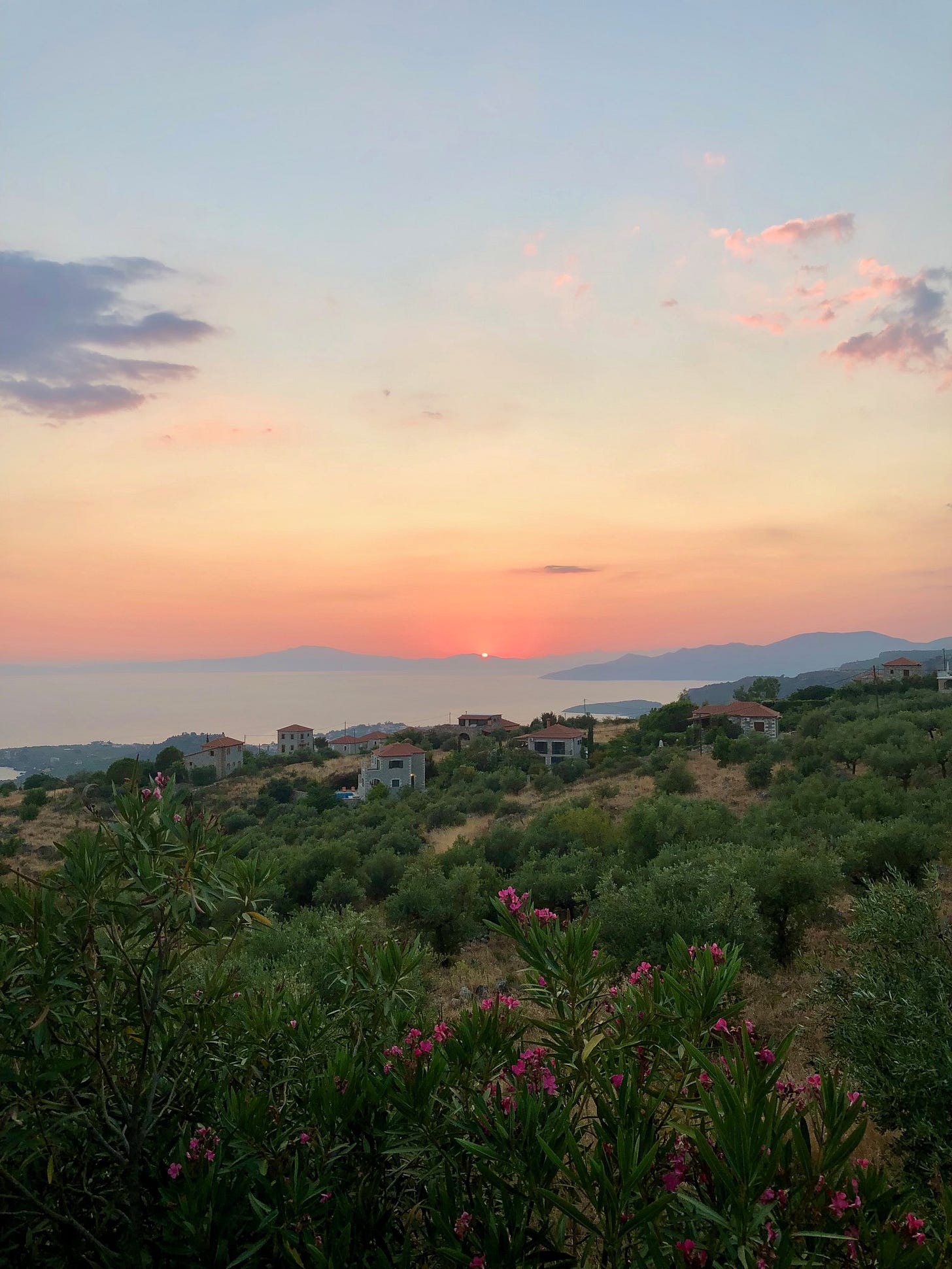
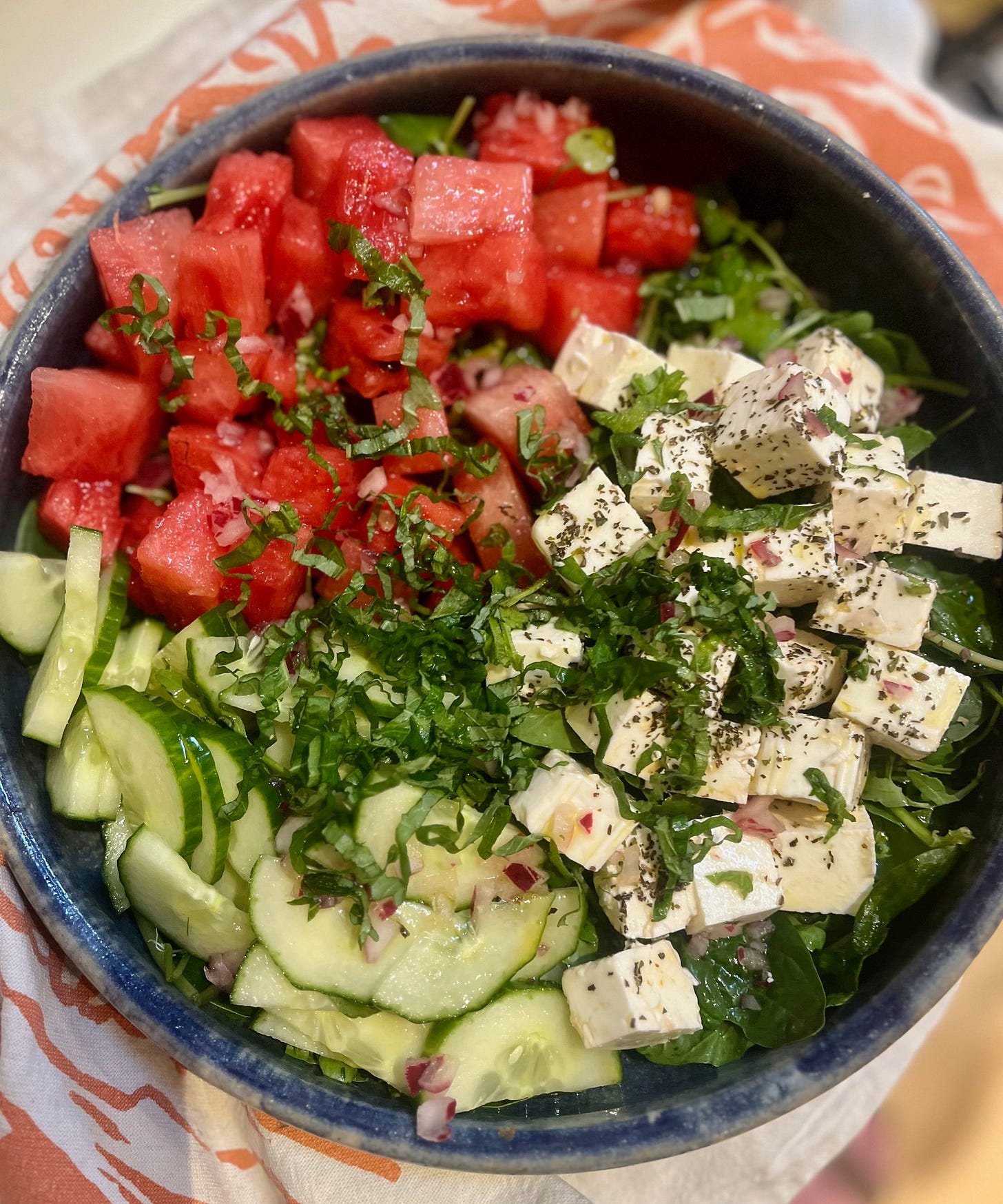
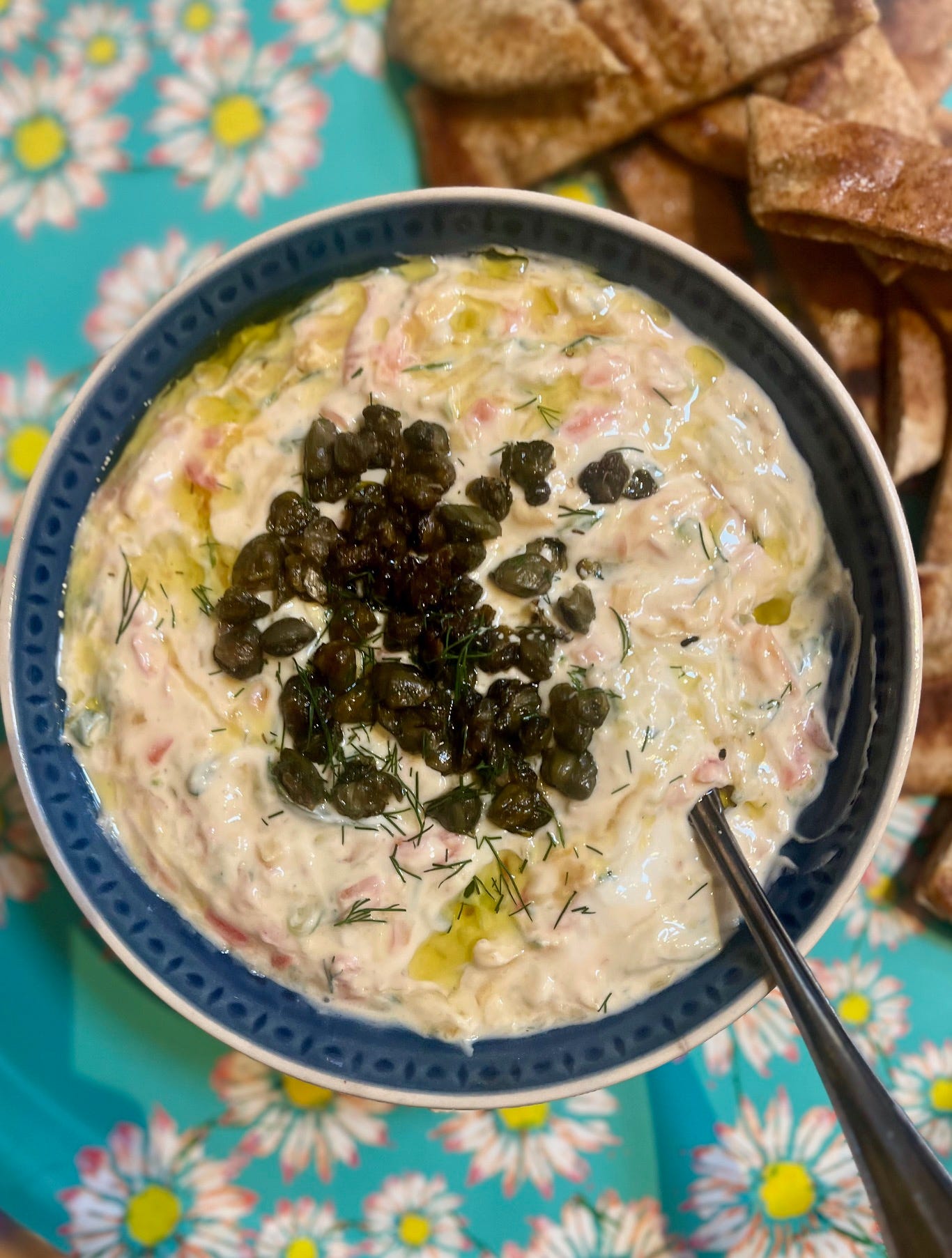
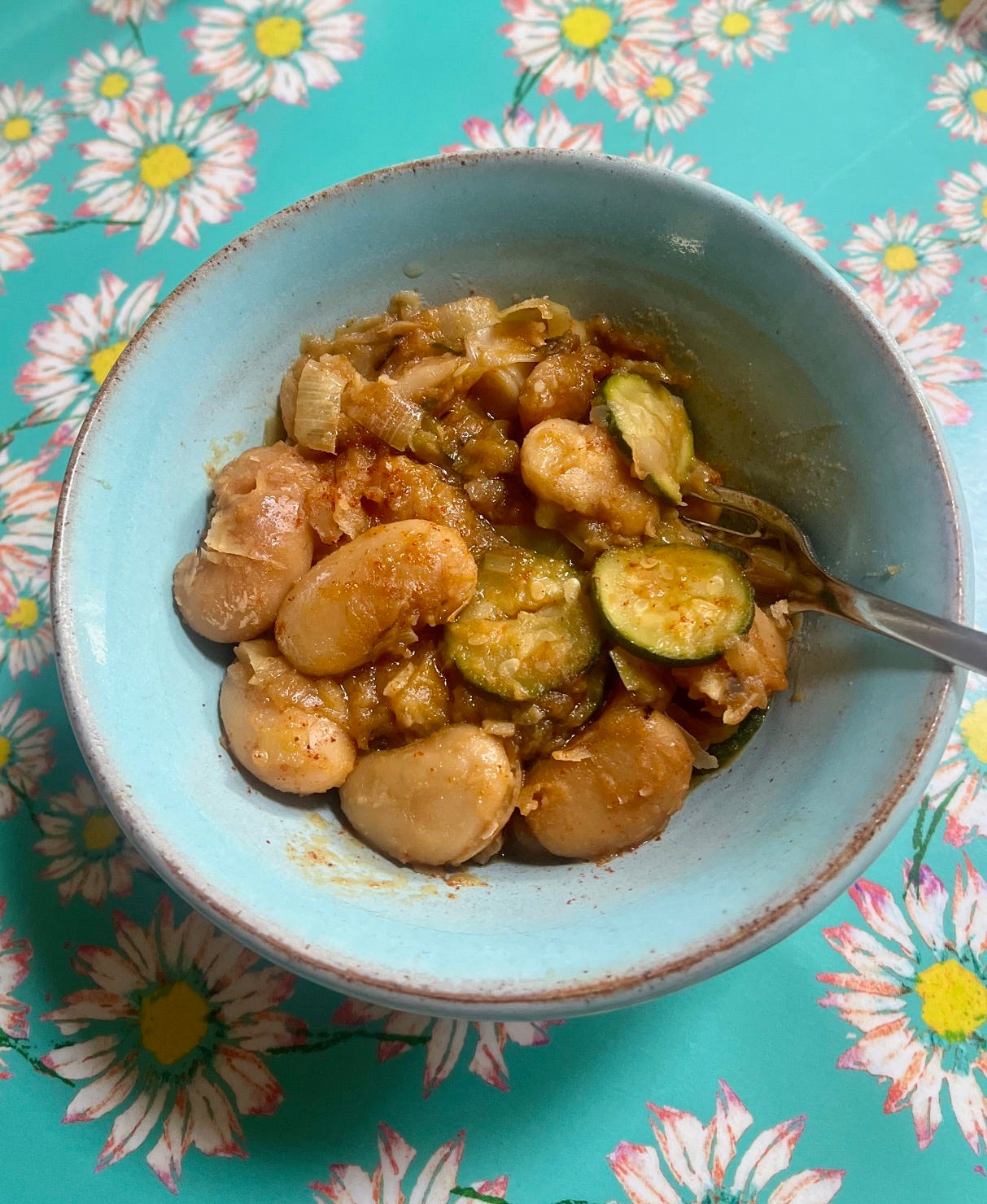


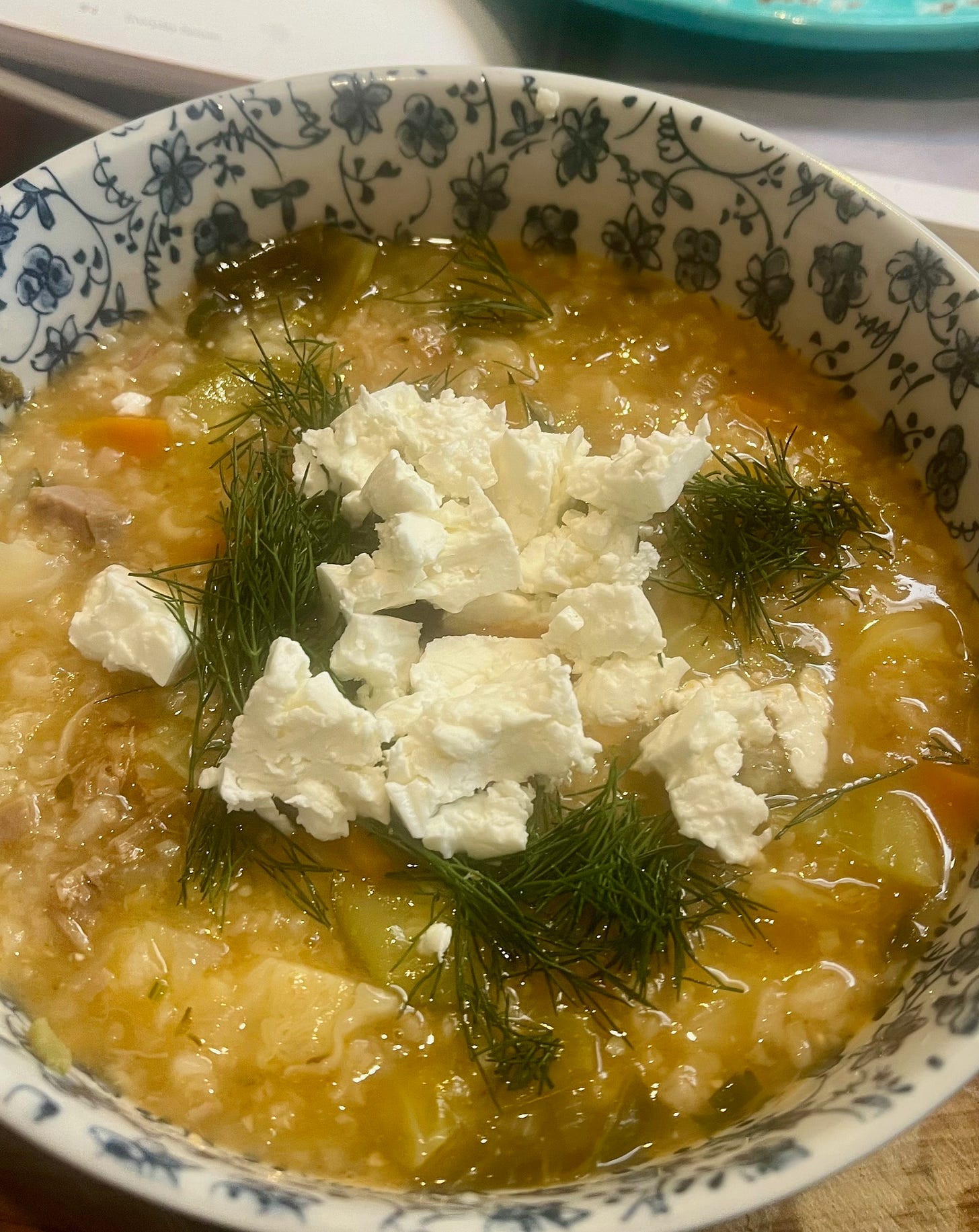
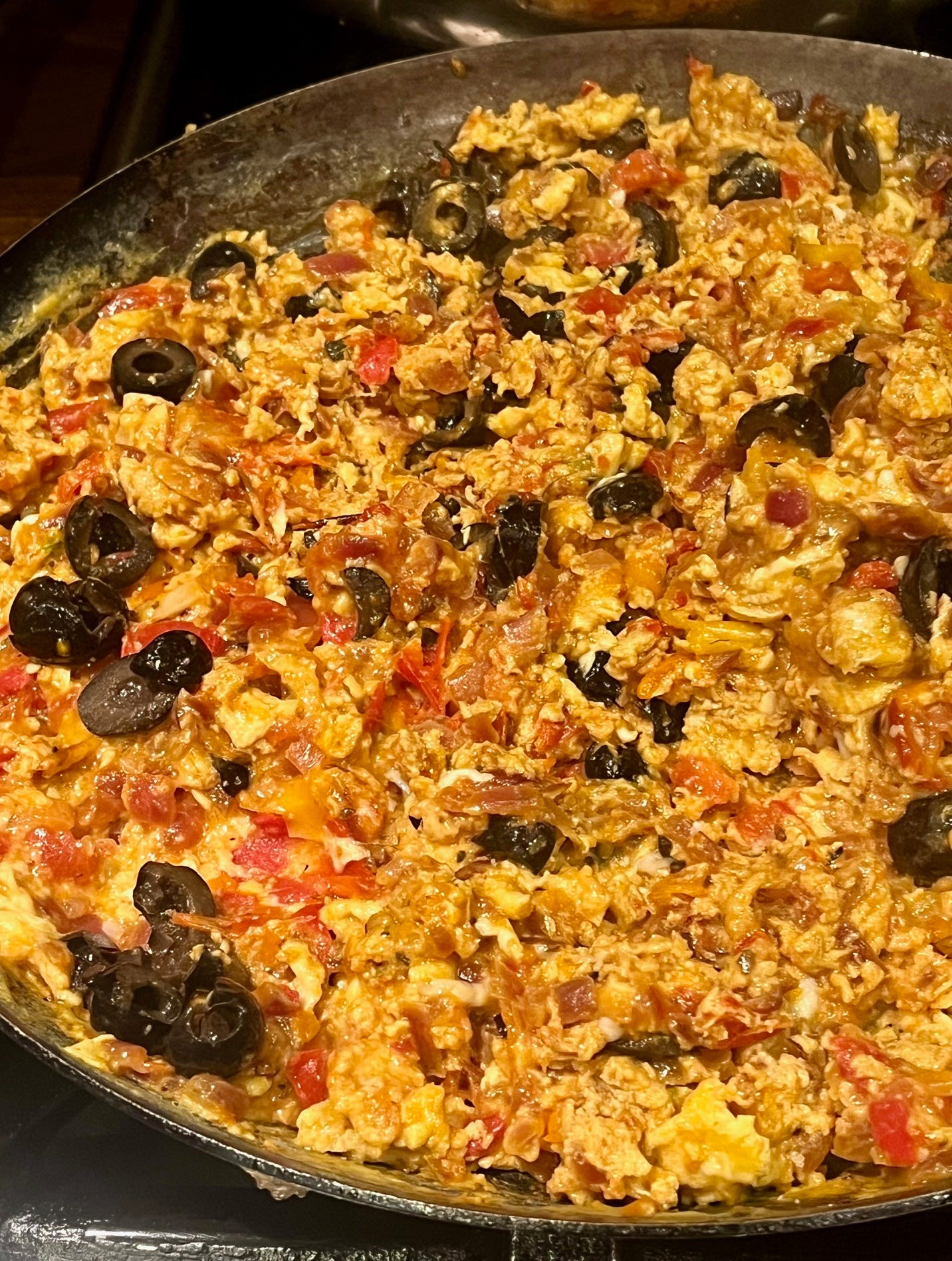
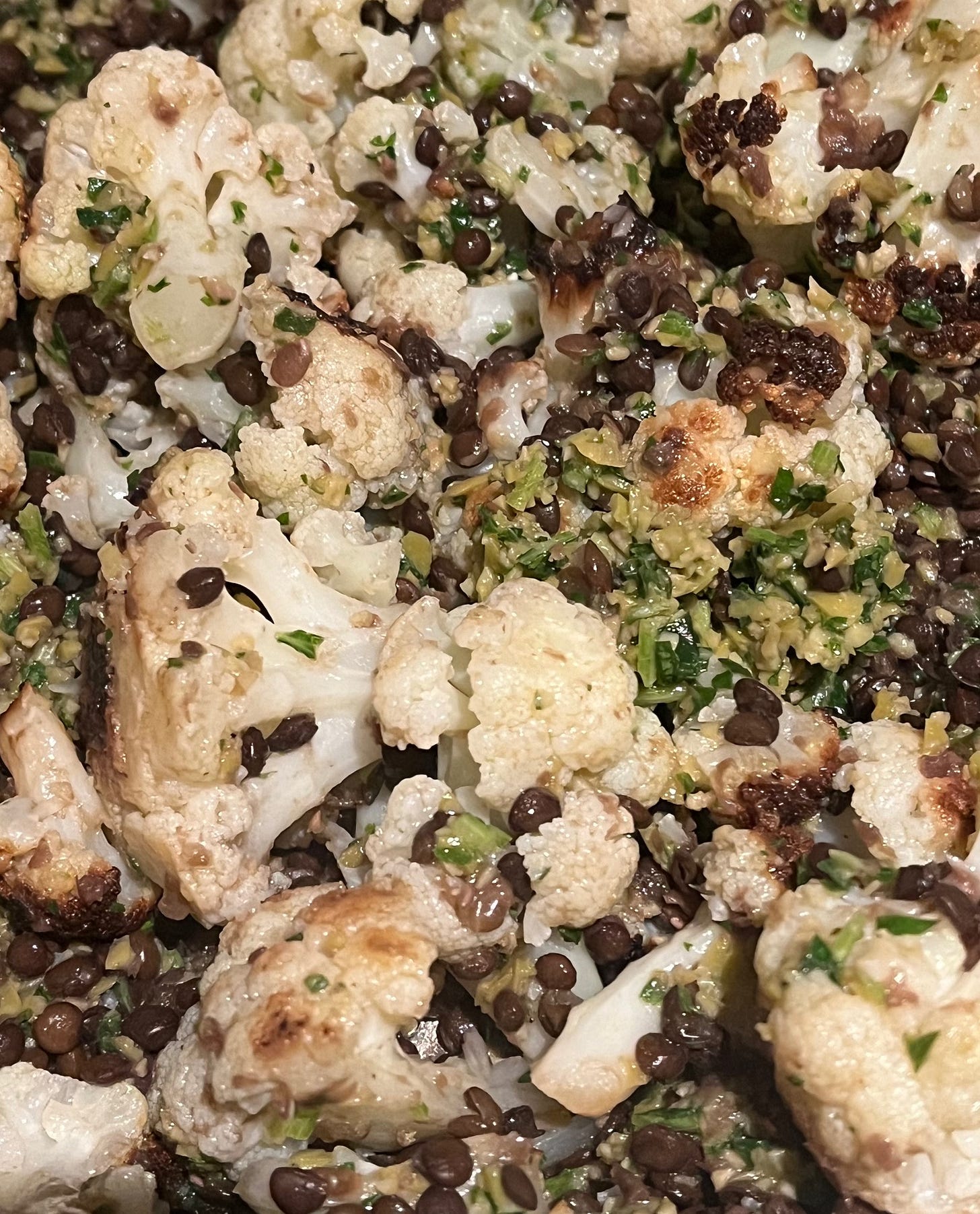
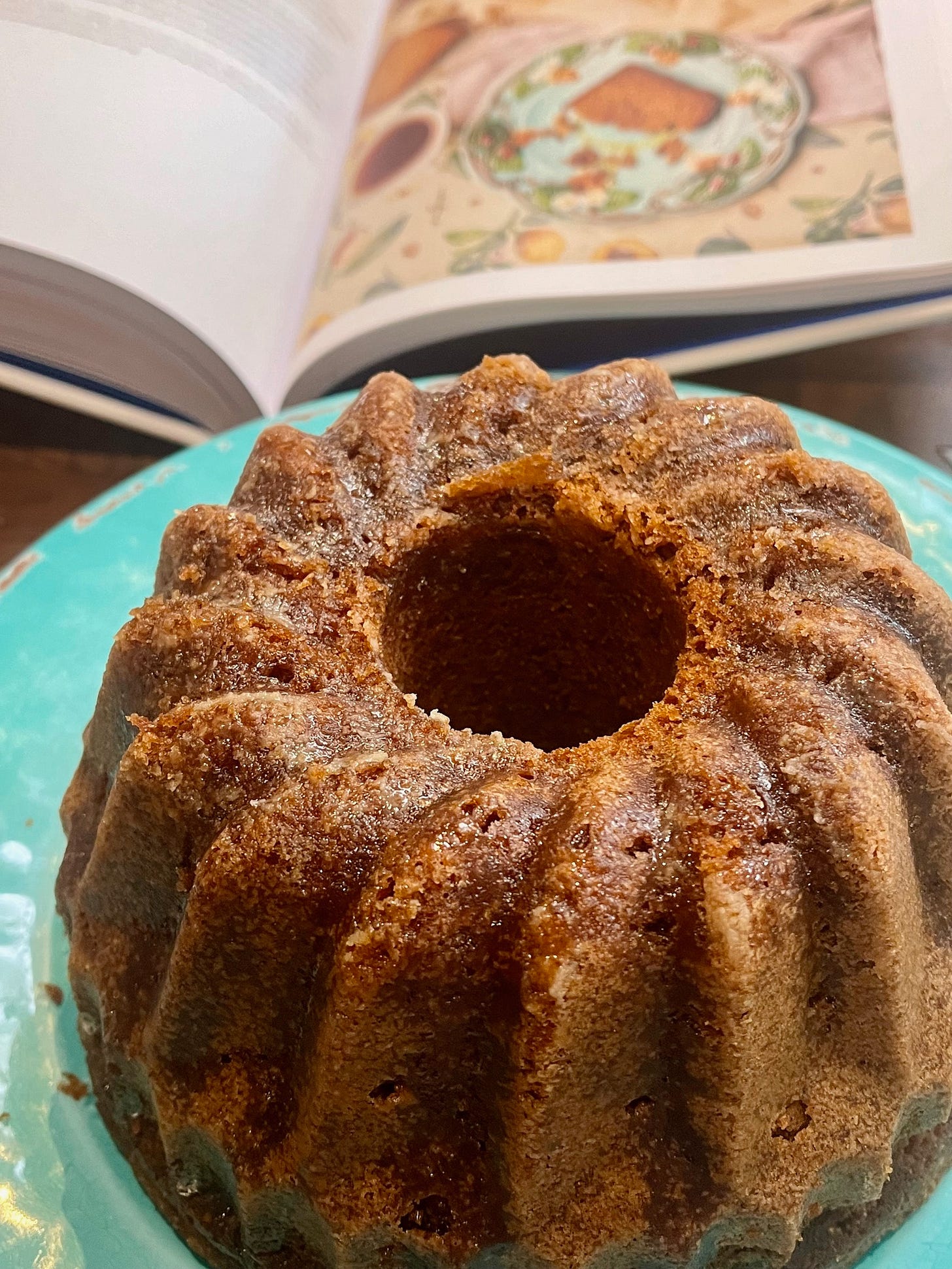
Thank you. I appreciate the effort you go to to "pressurise" a recipe. These all sound delicious and inspiring.
'Pressurising others' recipes is such a great idea - really helps those either already converted to the pressure cooker or the buy-curious